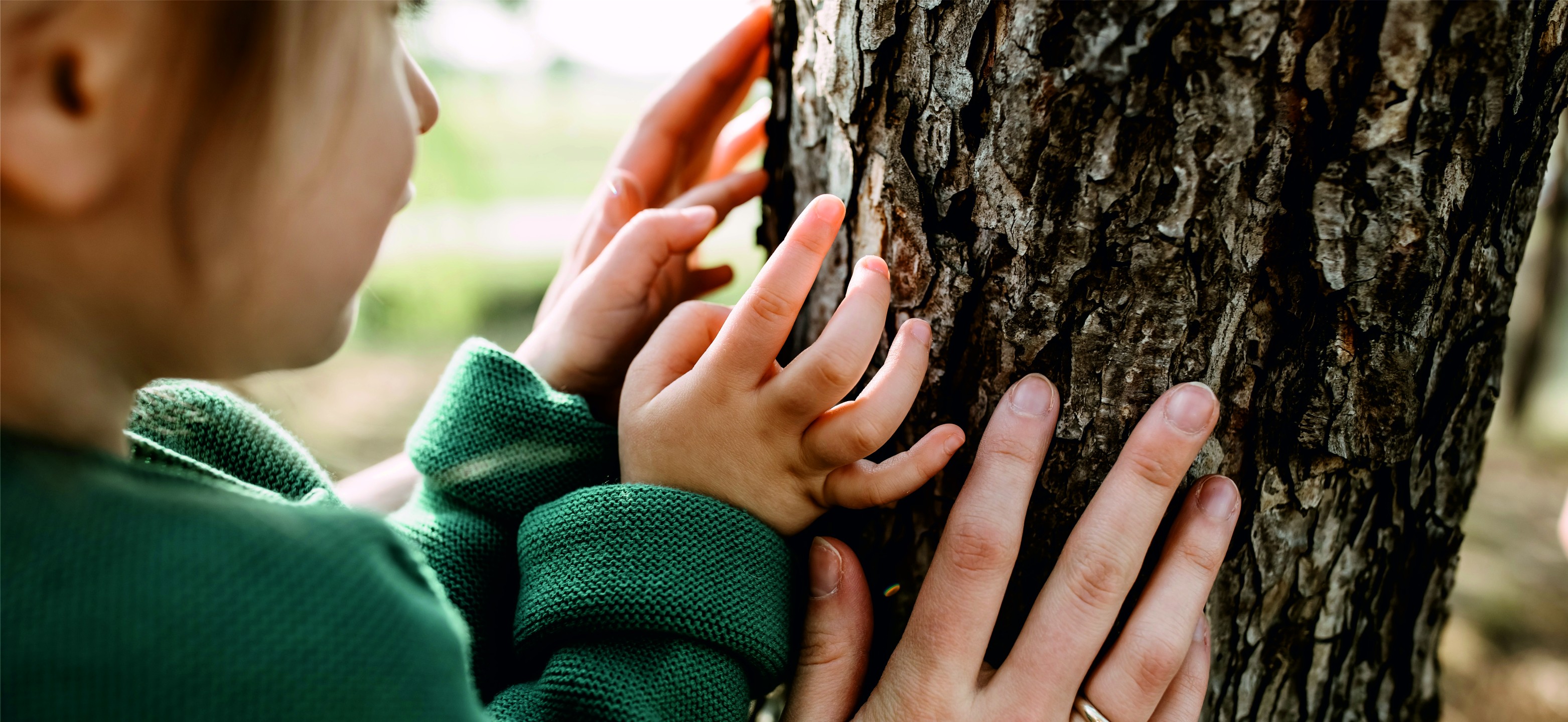Wie empfinden wir eine neue Umgebung?
Perception
of space and objects around us can be split in a number of conditional and
unconditional processes in our body and consciousness. Through evaluation of
these processes, we gain experiences triggering feelings within us. The way we
process stimuli is partially rooted inside us from the times of human brain
development and it has been updated and adapted with progress ever since.



Perception
of natural environment
Humans have
spent much of their development in forests, meadows and mountains. That’s why
the natural environment is the most natural for human beings and induces a
pleasant feeling in body and mind with beneficial effects on them. Spending
time in nature brings up regeneration to the whole nervous system, because it
knows this environment very well on all levels of knowledge and perception.
Physical and psychological health thrives in an environment created by harmony
of nature, especially open-air areas and fresh air.
Therefore,
we surround ourselves with irregular shapes and materials coming from nature.
Fragments of nature set in an unknown, artificial environment have soothing
effects on us. Wood is the most spread material in households. The sight of
large wooden surfaces is very pleasant for humans and has the same effects on
other senses. For instance, an Elica design-solid-wood extendable table from Kaplan
Furniture sustains natural aspects also by means of its shape and organic
nature in modern design.
New
environment
Yet, over
time we have replaced forests by houses, meadows by streets and mountains by
skyscrapers. Thus, we come every day into contact with new places which affect
us and evoke various feelings in us. From the first moment we observe all
aspects of the space subconsciously and analyse them gradually.
Perception
of a new environment takes place always in the same manner. Firstly, we scan the
area as a whole and assess it in the light of safety. To do so, we use all our
senses at once. Combination of observation of all in our field of view and
peripheral vision with other senses – hearing, smell and touch, enables us to
process and evaluate whether we stay put henceforth. Then, we examine the
function of the area. This may be rest, work or socialising. Before we come
into contact with individual objects, what we do first is we perceive their
number and the overall impression from their combination. They may seem to be
harmonious or disruptive, and that’s when our nervous system is in a state of
alert and strives to detect the problem. The decisive element is also the
amount and intensity not only of visual stimuli, that we have to process. In
the case of a large number of cues, the nervous system can become overloaded.
This may lead to irritation and fatigue. How many times we do not realise the
influence our surroundings on us have and yet, we perceive all these stimuli
subconsciously. Inconsistency and chaos are often caused by a combination of
different shapes, materials and textures. We can avoid it by choosing subtle
elements from the same material. It is also advisable to consult professionals.
When
choosing products, at Kaplan Furniture we know how to unify wood species and
also shade of wood in order to achieve matching of all materials. We also offer
a number of collections with uniform, alike shapes. The Gatta collection
encompasses the largest number of products. With this collection you can
furnish your dining room, living room as well as workspace. We can mention for
example the Gatta writing desk, Gatta dining table and Gatta sideboard and many
others.
New object
Upon
physical contact already with a particular object, the process of perception
repeats in the same fashion. From safety scanning, through examining the
function to the feeling, which can be either an aesthetic pleasure, or
frustration or stress. Next sense – touch – enables us to continue even with a closer
examination. We discover its shape, structure and texture. Furthermore, we feel
comfort or discomfort and still we check its functionality instinctively and
consciously. Here is a complex process of product perception occurring in
physical, mental and intellectual ways too. It is not only about the touch of
hands, but also about processing stimuli with the whole body. Every object,
which comes into contact with our body, regardless of whether it is seating,
reclining, table or storage furniture, has an effect on somatic perception.
Specific
example can be a first contact with the Gatta extendable design table. At first
glance it is clear that it is table furniture. From experiences a person knows
it does not represent a danger for them. Thus, it examines its shape. In
combination with larger dimensions of the table, its subtle construction may
inspire mistrust. This encourages the customer to get into physical contact
with the product. While in contact, he or she is examining material, texture
and stability of the whole construction. Solid wood with an oiled surface is
usually naturally pleasant to touch. What amplifies this nice feeling are
smoothly shaped and worked lines of the table. On closer look, also a person
who is not an expert in the field feels the solidity and reliability of solid
wood construction. The unexpected twist occurs at the moment, when the customer
discovers a handle for table extension and creates from an unobtrusive table
for 4 a festive table for 8 to 10 people.
Human perception of a new environment is affected by further aspects that we will address in the article „How do we feel in a space?“
Autor: KAPLAN 1934, Katarína Jankechová
